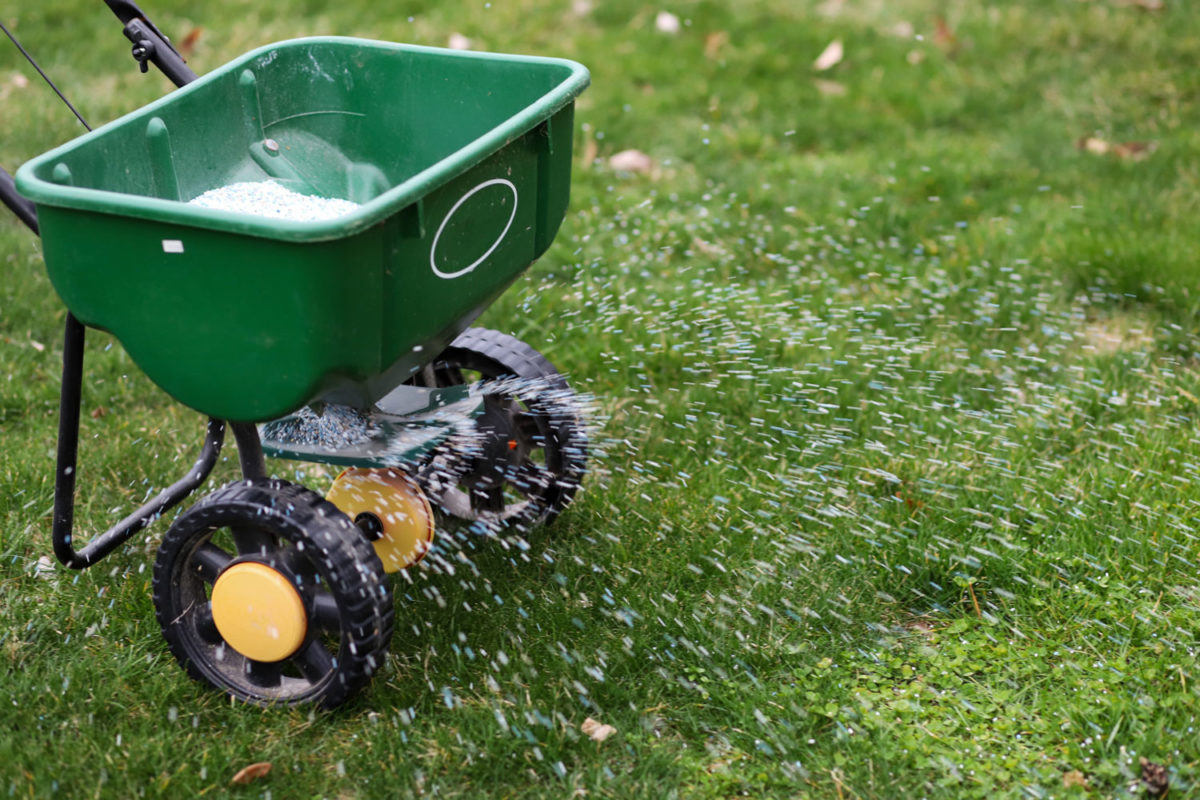Fertiliser treatment for lawns

A lush, vibrant lawn is often considered the centrepiece of a well-maintained landscape.
To achieve and maintain such a lawn, proper fertilization is crucial. The choice of the best fertilizer for your lawn depends on various factors, including soil type, grass species, climate, and specific nutrient requirements. Here we discuss important considerations and provides insights into selecting the most suitable fertilization approach for lawns.
1. Soil Testing: Conducting a soil test is an essential first step in determining the nutrient needs of your lawn. It provides valuable information about the pH level, nutrient deficiencies, and excesses. This analysis helps identify the specific fertilizers and their application rates required for optimal lawn health.
2. Balanced Fertilizers: A balanced fertilizer contains a mix of essential nutrients, including nitrogen (N), phosphorus (P), and potassium (K). Nitrogen promotes healthy leaf and stem growth, phosphorus encourages strong root development, and potassium enhances overall plant vigor and disease resistance. Look for a fertilizer with a balanced NPK ratio suited to your lawn's needs.
3. Slow-release Formulas: Slow-release or controlled-release fertilizers are preferable for lawns. These fertilizers gradually release nutrients over an extended period, providing a steady supply for consistent growth and reducing the risk of burning the grass. Slow-release fertilizers also require fewer applications, making them convenient and cost-effective.
4. Organic Options: Organic fertilizers offer a natural and sustainable approach to lawn fertilization. They are derived from natural sources such as compost, animal manure, or bone meal. Organic fertilizers enrich the soil, improve its structure, and promote long-term soil health. They release nutrients slowly, ensuring a steady and balanced supply for the lawn.
5. Seasonal Adjustments: Fertilization needs may vary throughout the year. Lawns often benefit from a higher nitrogen content during the active growth period, such as spring and early summer, while fall fertilization focuses on root development and winter hardiness. Adjusting the fertilizer application rates and timing based on the seasonal requirements helps maintain optimal lawn health.
Selecting the best fertilization approach for your lawn requires careful consideration of factors such as soil composition, grass type, and seasonal requirements. Conducting a soil test, opting for balanced and slow-release formulas, and considering organic options can contribute to the long-term health and vitality of your lawn. Remember, regular fertilization, combined with proper watering and mowing practices, is essential for maintaining a lush, green lawn that enhances the beauty of your outdoor space.
MEASURE MY LAWN ONLINE
WANT A GUIDELINE PRICE?
Get an indicative price to cut your lawn without even stepping outside to measure your lawn.
ONLINE PRICE CALCULATOR